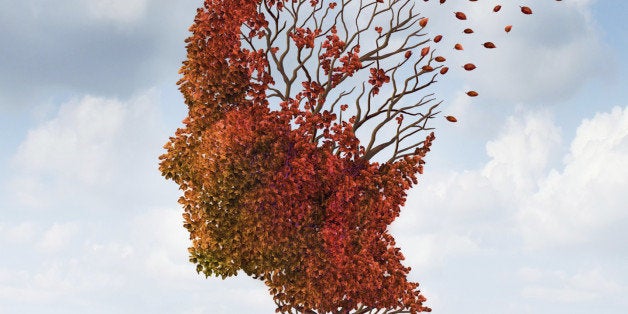
A team of Australian researchers has come up with a noninvasive ultrasound technology that could restore memory in Alzheimer's patients.
In a study released earlier this month, two researchers at the Queensland Brain Institute at the University of Queensland found that the ultrasound therapy clears the brain of neurotoxic amyloid plaques -- structures that are blamed for memory loss and a decline in cognitive function in patients who suffer from Alzheimer’s disease. The researchers reported fully restoring the memories of 75 percent of the mice that were treated with the therapy, with no damage to the surrounding brain tissue. The mice displayed improved performance in three memory tasks: completing a maze, recognizing new objects and remembering places they should avoid.
"We’re extremely excited by this innovation of treating Alzheimer’s without using drug therapeutics," Jürgen Götz, one of the team members, said in a press release. "The word ‘breakthrough’ is often misused, but in this case I think this really does fundamentally change our understanding of how to treat this disease, and I foresee a great future for this approach."
According to the release, Alzheimer’s disease is usually the result of a buildup of two types of lesions: amyloid plaques and neurofibrillary tangles. Amyloid plaques sit between the neurons and turn into dense clusters of beta-amyloid molecules, a sticky type of protein that clumps together and forms plaque. In this trial, ultrasound technology was used to clear the buildup of defective beta-amyloid molecules, as well as tau proteins, from the brains of the test mice.
The study was released in the journal Science Translational Medicine, which is published by the American Association for the Advancement of Science.
The researchers caution that their finding is preliminary, since it has only been tested on mice. The release said that the next step will be trials with higher animal models, like sheep. They hope to get human trials underway in 2017.
The Alzheimer's Association says there are more than 5 million Americans living with the disease. In 2013, 15.5 million caregivers provided an estimated 17.7 billion hours of unpaid care valued at more than $220 billion, according to the association. Given the aging of the U.S. population, the National Institutes of Health has called Alzheimer's disease "a fast growing world-wide epidemic." Last year, President Barack Obama signed a funding bill that contained an unprecedented $122 million increase for Alzheimer's research, education, outreach and caregiver support.
According to other new research, the way in which animals wake up from hibernation could help scientists devise new treatments for dementia. Recent research from Leicester University isolated a cold-activated protein, RBM3, which helps restore the brain activity of animals that are coming out of long hibernation periods. This protein also exists in humans, but has been found to be missing among Alzheimer's patients.


